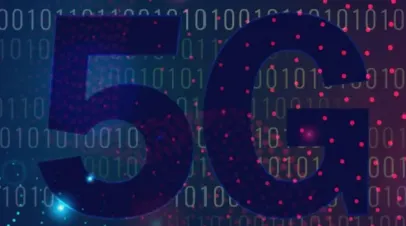Wired for Influence: Assessing the People’s Republic of China’s Technology Footprint in Europe and Central Asia
The People’s Republic of China (PRC) builds and exports digital infrastructure as part of its Belt and Road Initiative. While the PRC sells technology deals as a “win-win” with partner countries, the agreements also serve Beijing’s geopolitical interests.
That makes it imperative for European and US policymakers to understand the PRC's tech footprint and assess its global economic and security impact.
To support policymakers in this endeavor, GMF Technology, using a “technology stack” or “tech stack” framework, has produced a series of reports that map the presence of the PRC and its affiliated entities across countries’ technology domains.
Newly released reports on Kazakhstan, Kyrgyzstan, Serbia, and Uzbekistan are built on previous work in two studies by GMF’s Alliance for Securing Democracy (ASD) on the future internet and the digital information stack released, respectively, in 2020 and 2022. The new reports on Central Asian countries, where Russia maintains significant influence as a legacy of Soviet rule, also examine Kremlin influence there.
The “tech stack” framework features five layers:
- Network Infrastructure Layer: includes optical cables (terrestrial and undersea), telecommunications equipment, satellites, and space-based connectivity infrastructure.
- Data Infrastructure Layer: includes cloud technology and data centers.
- Device Layer: including hand-held consumer instruments such as mobile phones, tablets, and laptops, and more advanced Internet-of-Things and AI-enabled devices such as electric vehicles and surveillance cameras.
- Application Layer: including hardware, software, data analytics, and digital platforms to deliver tailored solutions to consumers, sectors, and industries (e.g., robotic manufacturing).
- Governance: includes the legal and normative framework that governs technology use across the entire tech stack.




